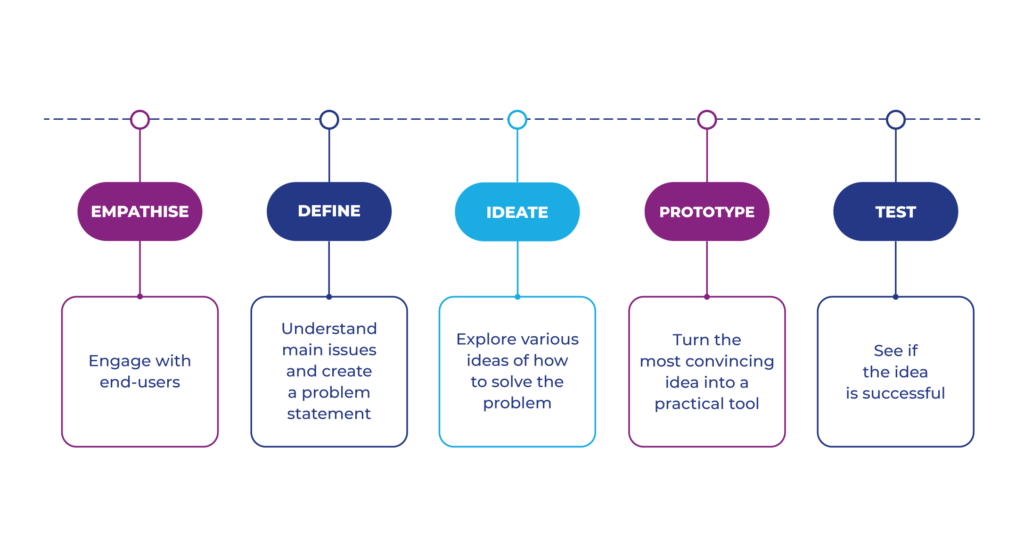How IcARUS is leading innovation for urban security
“Think outside the box” is easier said than done. Imagine finding a method that allows you to have innovative ideas and then to actually put them into practice. Imagine following a methodology proven to be successful. Imagine an approach that allows you to collaborate and interact with a diverse team of experts, while delivering new ideas. Imagine facing tough societal issues with inventive tools built to overcome them. Now don’t just imagine: read here how we are doing this.
The scope of the IcARUS project is ambitious and the urban problems it aims to tackle are quite challenging. Our project’s goals include finding adequate and successful tools to face problems related to urban security and crime prevention initiatives. IcARUS encompasses the prevention of juvenile delinquency, prevention of radicalisation, the security of public spaces, and the prevention of trafficking and organised crime. These topics are certainly quite sensitive and challenging. This is why the project needed a strong methodology that would allow partners to formulate new and innovative ideas to then shape tools and address those problems. Hence, IcARUS has adopted Design Thinking, a methodology born within the private sector that ensures fruitful co-creation and cooperation among actors for delivering new solutions to long-existing problems.
Design Thinking is a methodology that comprises several steps and envisions different players interacting with each other. The IcARUS project has a diverse pool of partners, each bringing its own expertise and resources. In order for Design Thinking to lead to innovative and effective solutions, diversity in players is paramount. Furthermore, participants must follow determined steps that help them co-build alternative solutions and tools. These steps are: empathize, define, ideate, prototype, and test. This means that actors need to fully understand the ultimate beneficiaries of the proposed solutions; they need to concisely delineate the root issue to be tackled; they must collect all the possible ideas the group can come up with; they then choose one, and finally they will test it by applying it. Interestingly, these steps, or phases, are not necessarily to be followed in this order. After testing the final prototype, for instance, the group can experience negative feedback and go back to the ‘ideate’ phase. Or if they find that the fault is a lack of empathy, then designers should go back to the very first phase.
Design Thinking places end-users at the core of the discussion and makes designers look at the problem through the lens of end-users. Designers should put themselves in the shoes of end-users to see exactly where the problem lies and how to best address it. This is what we had in mind when drafting the IcARUS guidelines: we aimed at assisting partners in their journey throughout the project. The IcARUS guidelines are specifically intended for allowing designers to best use Design Thinking and to strictly follow the main principles of such approach. We divided the set of guidelines into sub-groups to tailor them to the group’s specific needs throughout the project. Partners have been following these guidelines for the first time during the recent training sessions, where they got familiarised with the methodology and could first experience what it means to co-create and how to best formulate an innovative solution. So far, training sessions have been a success and partners are ready to apply Design Thinking to the workings of the project. Hence, great ideas are coming up and interesting solutions are on the horizon. Stay tuned.


subscribe to be the first to receive icarus news!
Know what we've been up to and the latest on the European urban security frame.








